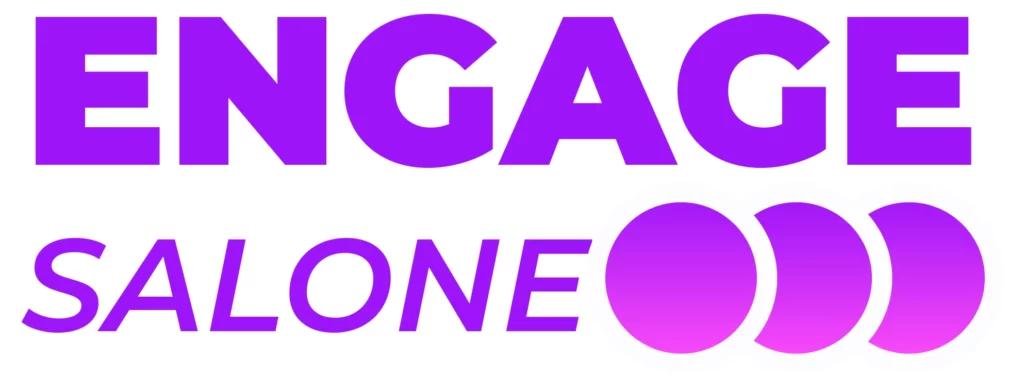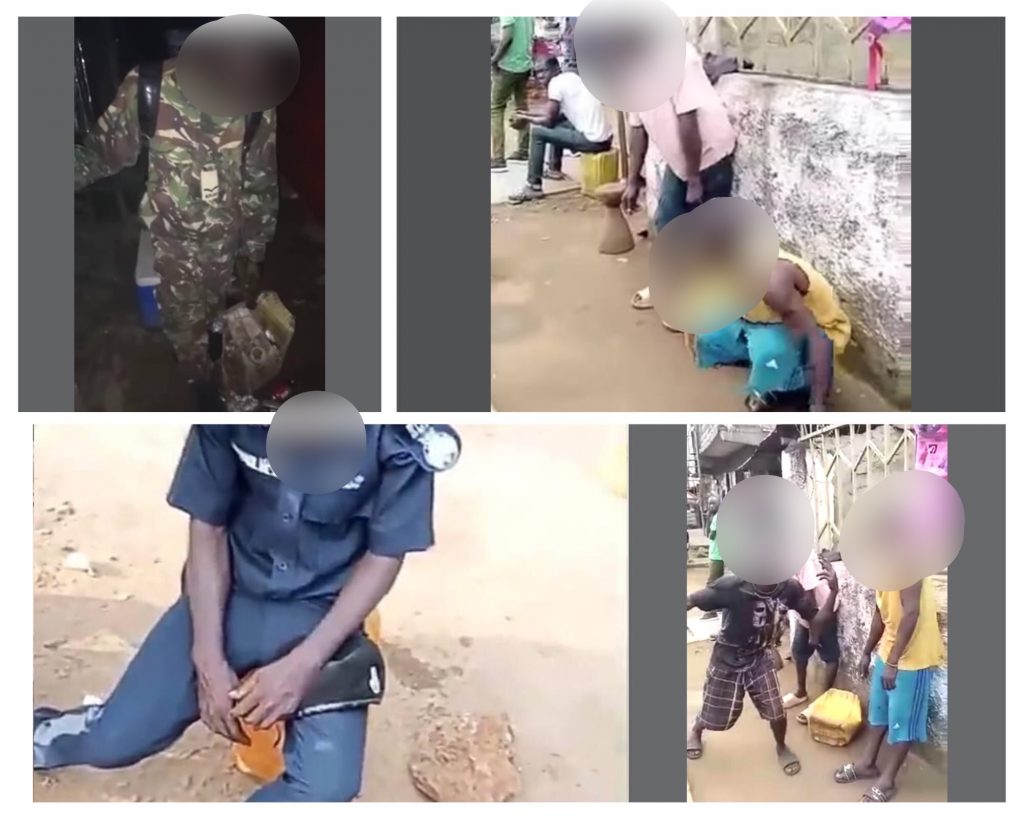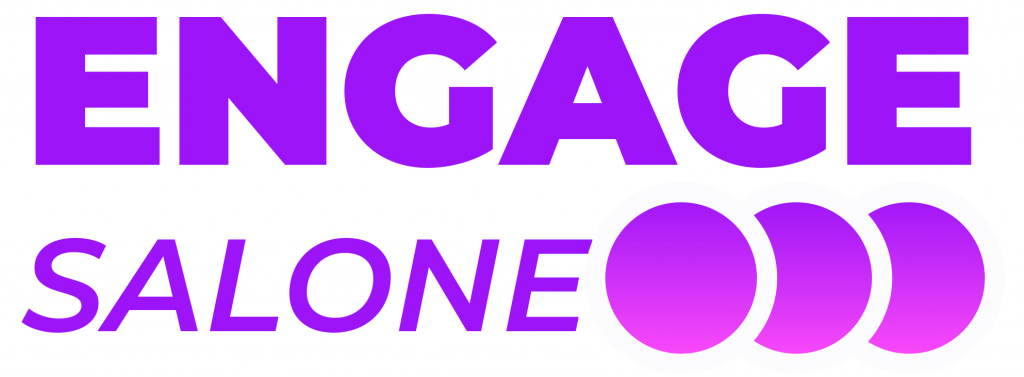Sierra Leone’s drug abuse and addiction problems are not new. But new highs are driving it at a rate that is alarming and dangerous, especially for young people. Viral videos of individuals, apparently intoxicated with drugs, are now seen on social media platforms on a daily basis. The painful sight of young people who are strongly under the influence of some drug and cannot even walk to save their life is commonplace. Some of them are smashed to the point that they fall asleep while standing. Yes, sleep-standing. Literally! Some of the videos show stoned military and police officers in their full uniform. The reaction of the public has been typically Sierra Leonean—laugh it off, blame the addicts and keep sharing the videos on social media. While some people have raised critical questions about where this is taking us as a nation, the government appears less concerned.
A lot of strange new highs have entered the illicit drug market and they are fueling an epidemic that is ravaging young lives—the very human capital that the government talks so much about developing. The impact of this will be devastating if urgent attention is not given. Earlier this year, a BBC investigation shed light on the growing use and dependency on Kush—a drug that has gained notoriety, causing illnesses and deaths, and contributing to an increase in crime. And this Kush of a drug is something that many people struggle to clearly define. Some experts say it is cannabis mixed with a deadly cocktail of synthetic chemicals. The reality is that too many young people, mostly poor and unemployed, are too high.
In a country with a dark past of war and horrific violence, one cannot ignore the security implication of this growing problem. Many of the young people who are addicted to Kush are a ready and available force that can be easily mobilised and manipulated to commit crimes and disturb the peace through thuggery, robbery and violence. And we also have to deal with stoned people working in the transport sector, operating machinery and automobiles. Imagine the danger to themselves, passengers and other members of the public. If we continue like this, we are going to let a significant number of young people waste away, setting us back in our efforts to build a productive workforce.
In all of this, there is an apparent lack of interest by the state to acknowledge that we have a serious drug and alcohol addiction problem and confront it with a holistic and informed approach. Our society’s response to addiction and drugs is usually to blame the helpless addicts and try to deal with the problem with a penal mindset that only sees these issues through a criminal lens. Two soldiers and a police officer were quickly dismissed after videos emerged, showing them looking super intoxicated with what could be Kush. We are not sure whether any tests were conducted but the drug seems to leave the same signature on its users–immobilised and frozen. The military and police may have gone by their rules for dealing with such misconduct but we must also acknowledge that this is not only a problem among the youth on the street. Our security sector has its share of the addiction problem. The speed at which the soldiers and police were dismissed is a reflection of the general attitude to drug and alcohol addiction. We only tend to solve half the problem and do not really cater to the needs of people suffering from addiction.
Many young people are looking for an escape from their harsh social and economic realities. Drugs and alcohol seem to offer a temporary numbness and illusion that ends up sucking them in. Others are dragged into it as they look for new ways of spicing up their recreational habits. We should also reflect a bit. How wide-ranging are recreational options for young people? What can young people really do for recreation apart from activities that offer early and uninformed exposure to drugs and alcohol? What are the alternatives to counter the influence of popular culture which makes some of these bad habits look attractive to young people? It is easy to dismiss these questions from a position of privilege, but the reality for many young people is that there is little to do that can pass for meaningful and healthy recreation. Public spaces are all gone, sold off and privatised; cinemas and theatres are closed; sports clubs and grounds are few and are the preserve of the well-to-do and middle class, at least. What is our level of investment in technical education to absorb many of the young people who drop out of formal educational pathways?
It would be interesting to see how many people battling addiction are actually on any rehabilitation programme. And for those unfortunate to have deteriorated into serious mental health conditions, it is a matter of high luck to get help and recover. Very few families are able to provide the support needed and our social care and health systems do not have the capacity to deal with these problems. A critical look into these issues could help us imagine how we are going to cope if we let addiction overwhelm our weak health system and the almost non-existent social care services.
The state should take the lead, and society as a whole has a role to play. First of all, we need to understand the multidimensional nature of addiction, as well as the market that provides dangerous substances like Kush. It is simplistic and unfair to think that an addict is an unserious person who is willingly and happily wasting their life away. You may make wrong decisions and choices but behind those decisions lie several underlying factors which we usually do not take time to understand before judging and dismissing people suffering addiction.
There could be a knee-jerk reaction to this problem, especially when the videos have become too familiar on social media. If we should anticipate the authorities’ response, it might come in the form of a crackdown that targets users/victims and small-time dealers. We have been using this approach since Eve and Adam and the situation is not getting any better. If anything, the state only helps to condemn people addicted to drugs by sending them to jail for a spliff, making them instant criminals without considering their individual circumstances. The merchants or dealers continue to thrive. Society will continue to mock and shun people struggling with addiction, instead of empathising and helping where possible.
If we are to make any gains in reversing what is turning into an epidemic, we must put the human being at the centre of the response. We have to fully understand the social, economic and medical dynamics of drug/alcohol addiction and its struggles. While the state needs to go after the kingpins and their dealers, the same posture and attitude cannot be helpful in addressing the addiction and demand side. This is not just a legal or criminal issue. There is a need for comprehensive programmes that include social services and care to help those already trapped; education and behaviour change programmes are grounded in research and resonate with the youth. This could help people struggling with addiction and help others make informed decisions about drugs and alcohol. There is a clear and urgent need for action that should be holistic, human-centred,supportive and responds to our unique circumstances and environment. Attempts at solutions should avoid the reductionist trap of the drug-crime nexus or discipline-and-punish approach that prevents us from seeing the full picture.
Whatever you are up to this weekend, enjoy.
About The Author
- Engage Salonehttps://www.engagesalone.org/author/eng21_admin/
- Engage Salonehttps://www.engagesalone.org/author/eng21_admin/
- Engage Salonehttps://www.engagesalone.org/author/eng21_admin/
- Engage Salonehttps://www.engagesalone.org/author/eng21_admin/


